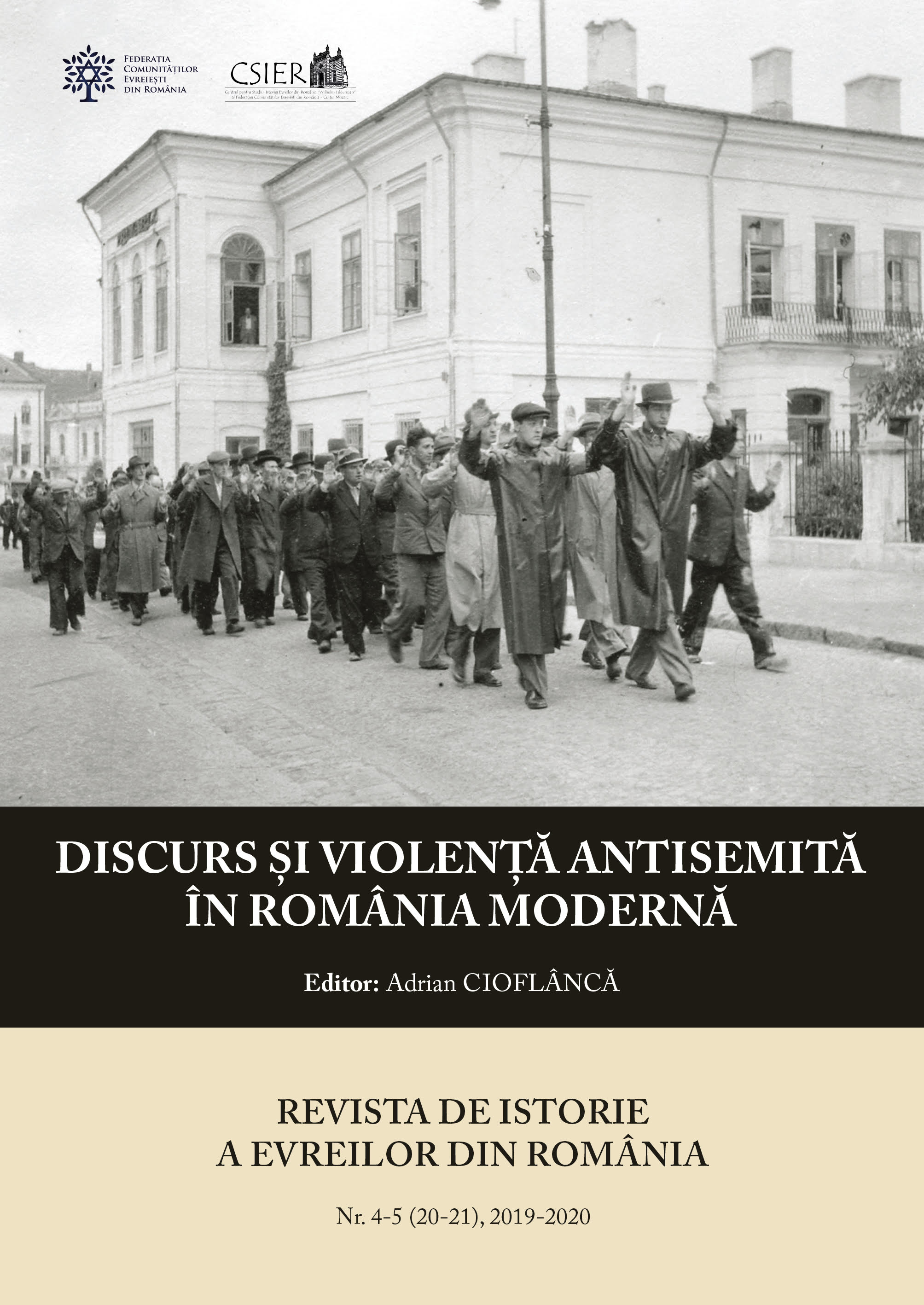Genocid în scopuri „sanitare”? Crimele de la Bogdanovka în lumina documentelor din timpul proceselor postbelice
Genocide for “Sanitary” Purposes? The Bogdanovka Murders in Light of Post-war Trial Documents
Author(s): Diana DumitruSubject(s): Social history, WW II and following years (1940 - 1949), History of Antisemitism
Published by: Editura Hasefer
Keywords: Holocaust; genocide; Romania; ethnic cleansing;
Summary/Abstract: Drawing on Soviet and Romanian postwar trial material, this study offers a renewed exploration of the Bogdanovka mass murder, while highlighting the extemporaneous character of the most deadly single episode of the Romanian Holocaust. As this case demonstrates, even when there was no initial intent to slaughter Jews in a given area, other local circumstances and actors linked up to cause the obliteration of over 45,000 Jews in a matter of days. In the winter of 1941, the Romanian authorities’ search for solutions to two separate problems – a man-made sanitary crisis and Bucharest’s intention of removing Jews from the territories under its control – closely intertwined to spark a genocidal decision. The documentation reviewed for this study provides rare insight into Romanian and German micro-cooperation on the ground, and reveals the “double functionality” logic, which former the basis of the Axis powers’ jointly planned and implemented murder operation. Simultaneously, the paper discusses the entanglements between the issue of Jewish property, “sanitary considerations,” and the rationale for mass killings.
Journal: Revista de Istorie a Evreilor din Romania
- Issue Year: 2020
- Issue No: 4+5(20+21)
- Page Range: 354-375
- Page Count: 22
- Language: Romanian
- Content File-PDF

